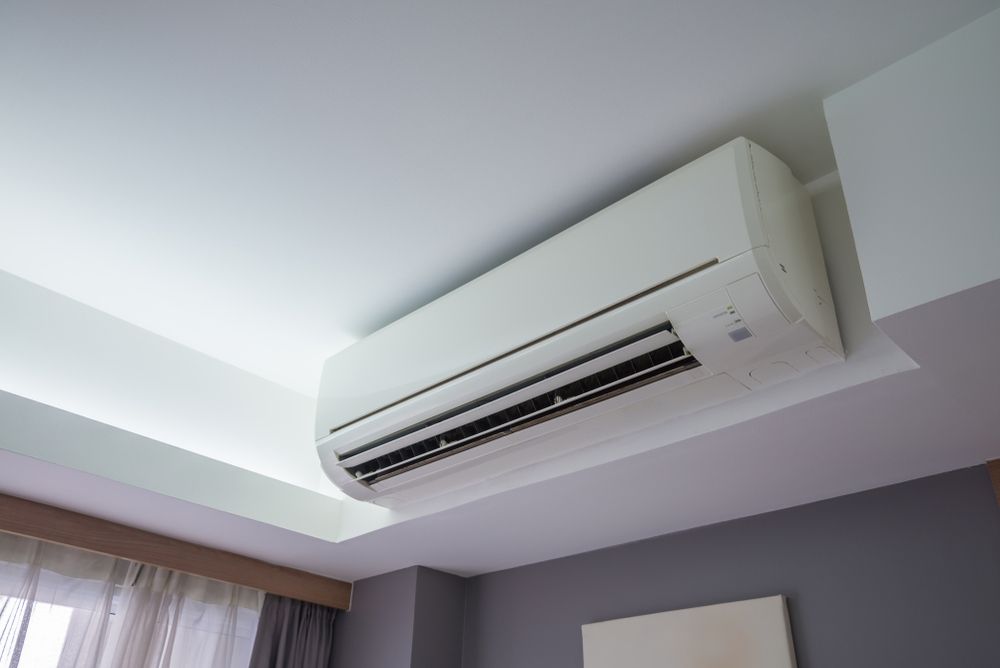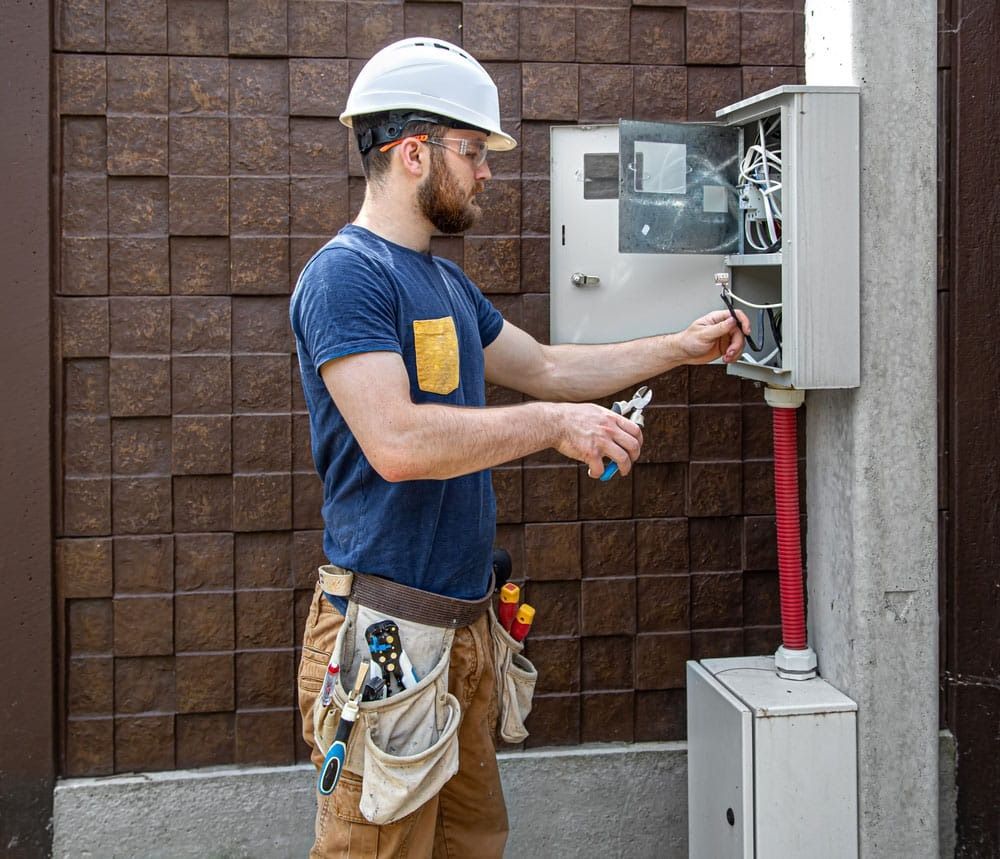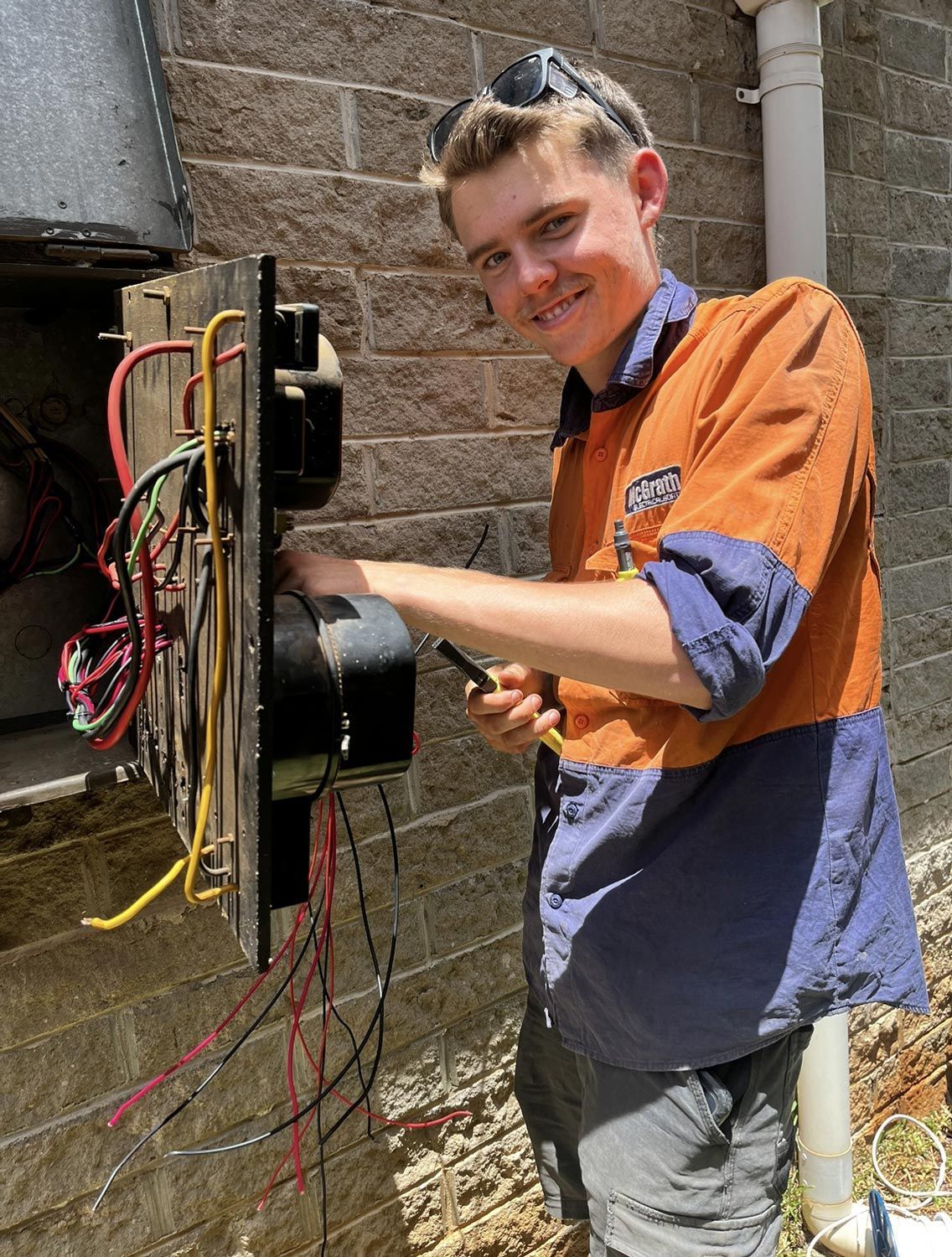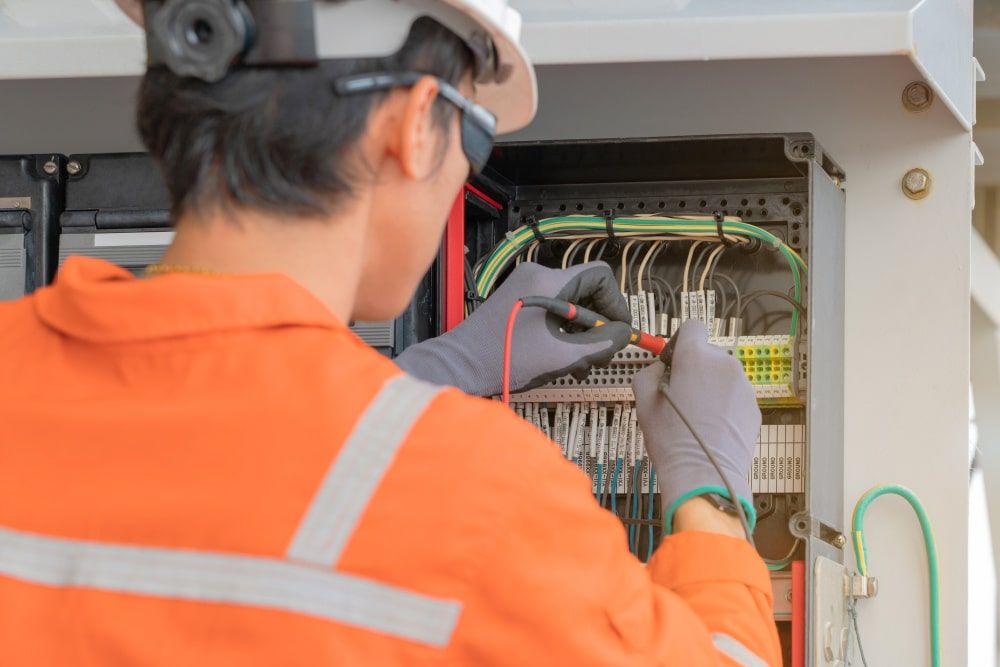What Are The Signs Of An Overloaded Electrical Circuit?
Picture this: You’ve just flicked on the kettle, the microwave is humming, and the kitchen suddenly goes dark. While it might seem like a one-off, this kind of disruption is often a clear sign of something more serious — an overloaded electrical circuit. For many homeowners and small business operators, especially in older buildings, overloaded circuits are a hidden hazard that can lead to costly repairs or worse, electrical fires.
Electrical circuits are designed to carry a safe amount of current. When the load exceeds the circuit’s capacity, it trips to prevent overheating. However, repeated overloading can cause long-term damage to your wiring and appliances. Recognising the early warning signs can help you act before it becomes a major issue. Here’s what to look for and how electricians in Grafton can help address and prevent these problems.
On this Page
Unexpected Power Outages: Is Your Circuit Tripping Too Often?
Flickering or Dimming Lights During Appliance Use
Buzzing Noises or Burning Smells From Outlets
Warm or Discoloured Power Points & Switches
Excessive Use of Power Boards & Extension Leads
Frequent Blown Fuses or Breakers in Older Properties
The Silent Risk: Heat Damage Behind Walls
Unexpected Power Outages: Is Your Circuit Tripping Too Often?
Frequent power loss in specific areas of your home or workplace isn't just inconvenient — it's often a clear sign of a circuit being pushed beyond its limits. Circuit breakers are designed to shut off electrical flow when they detect an overload, and if this happens often, it’s time to take a closer look.
Here are a few reasons your circuit might be tripping more than it should:
- High-powered appliances such as air conditioners or microwaves drawing more current than the circuit can handle.
- Multiple appliances operating simultaneously on a single circuit.
- Worn or outdated wiring unable to manage modern energy demands.
This kind of issue should never be ignored. Grafton electricians can inspect your switchboard and circuits to determine if you need additional circuits or an upgraded electrical system.
Flickering or Dimming Lights During Appliance Use
Have you ever noticed your lights dim the moment you switch on the vacuum cleaner or microwave? This isn’t just a quirk—it’s a strong indication that your circuit is struggling to share power between your lighting and appliances.
What flickering lights usually signal:
- Voltage fluctuations due to an appliance demanding more current than the circuit can comfortably deliver.
- Inadequate circuit design, especially in older homes, where lighting and outlets share a single circuit.
- Unbalanced load distribution across different parts of your electrical system.
Grafton electricians can assist by redistributing load across new circuits, ensuring your lighting stays bright regardless of what’s plugged in.
Buzzing Noises or Burning Smells From Outlets
A healthy circuit should operate silently and without odour. If you’re hearing buzzing, crackling or detecting a burnt smell near your outlets or switchboard, you could be facing a serious issue.
Signs of an overload that shouldn't be ignored include:
- Buzzing sounds when using certain appliances or plugs.
- Acrid or smoky smells coming from power points or fuse boxes.
- Visible sparks or scorch marks near sockets.
These symptoms may be due to loose wiring or excessive current flowing through the circuit. This is a clear safety hazard and warrants immediate inspection by qualified Grafton electricians.
Warm or Discoloured Power Points & Switches
Have you touched a power point after unplugging an appliance only to find it unusually warm? That warmth is more than just leftover heat—it’s a possible indicator of electrical stress.
Some of the reasons outlets may become warm or discoloured include:
- Excess current heating the internal wiring and melting insulation.
- Damaged plugs or sockets causing electrical arcing.
- Wiring degradation, particularly in older switchboards or installations.
Grafton electricians can evaluate whether these issues stem from overload or deeper wiring problems and replace faulty components before they become a hazard.
Excessive Use of Power Boards & Extension Leads
It’s easy to keep adding devices to power boards when you run out of wall sockets, but this is one of the most common ways circuits become overloaded. It’s not just about how many appliances are plugged in, but how much total current they’re drawing.
Watch out for these common overuse practices:
- Plugging multiple high-draw devices like heaters and kettles into a single power board.
- Daisy-chaining extension cords across several outlets, increasing circuit strain.
- Using cheap or unapproved boards that lack overload protection.
To avoid this, Grafton electricians can install additional outlets and circuits tailored to your household’s power needs.
Frequent Blown Fuses or Breakers in Older Properties
Older homes are charming, but often their wiring isn't up to handling today’s electrical load. If you're frequently replacing fuses or resetting breakers, it may be time for an electrical upgrade.
You may notice signs such as:
- Fuses that blow during regular appliance use, like running a hairdryer and washing machine together.
- Breakers that trip when several lights or plugs are used at once.
- Outdated switchboards or ceramic fuses with limited protection.
Electricians in Grafton can assess your wiring and upgrade outdated systems, bringing them up to modern safety standards.
The Silent Risk: Heat Damage Behind Walls
Not all symptoms of an overloaded circuit are visible. Heat damage behind walls can slowly build up over time, increasing the risk of insulation breakdown or even electrical fires.
Here are subtle warning signs that heat damage may be occurring out of sight:
- Slight odours without visible smoke near power points.
- Random shutdowns of appliances or lights without tripping breakers.
- Discolouration of wall plates or surrounding areas.
Professional electricians can use tools such as thermal imaging to detect excessive heat buildup behind walls—something no DIY inspection can match.
How Grafton Electricians Prevent Circuit Overload
The good news? Preventing circuit overload is entirely achievable with the right approach. Licensed Grafton electricians can assess your home’s usage patterns and make tailored upgrades to reduce the load on your circuits.
Some of the solutions they provide include:
- Installing additional circuits in kitchens, laundries or outdoor areas.
- Upgrading switchboards to handle greater electrical loads safely.
- Distributing appliance loads across different zones of the house.
- Conducting safety inspections to identify risks before they become critical.
- Installing RCDs and overload protection to catch faults early.
By involving a professional, you're not just solving a problem—you're preventing future ones too.
Book an Inspection with Your Local Experts Today
At McGrath Electrical & Data, we help homeowners and small businesses avoid the dangers of overloaded circuits with practical, safety-first solutions. Whether you’re dealing with flickering lights, warm outlets, or tripping breakers, our team provides tailored electrical services prioritising safety and efficiency.
If you suspect your home or workspace might be at risk, get in touch via our contact page or give us a call to book a professional electrical inspection or service. A safer, more reliable electrical system starts with expert advice.


















